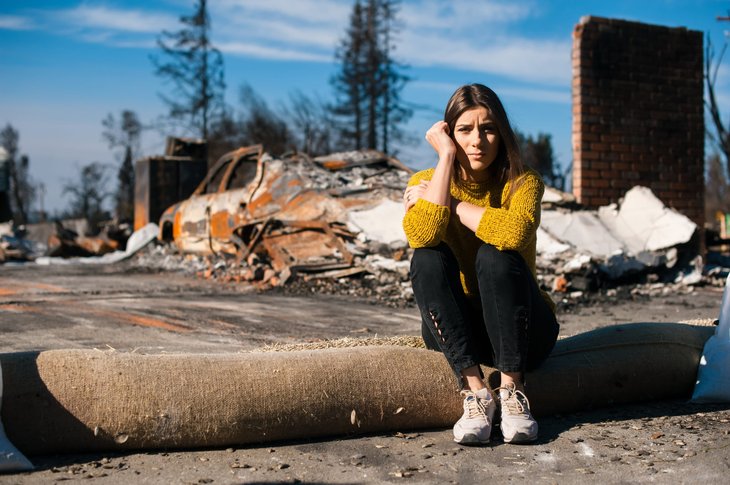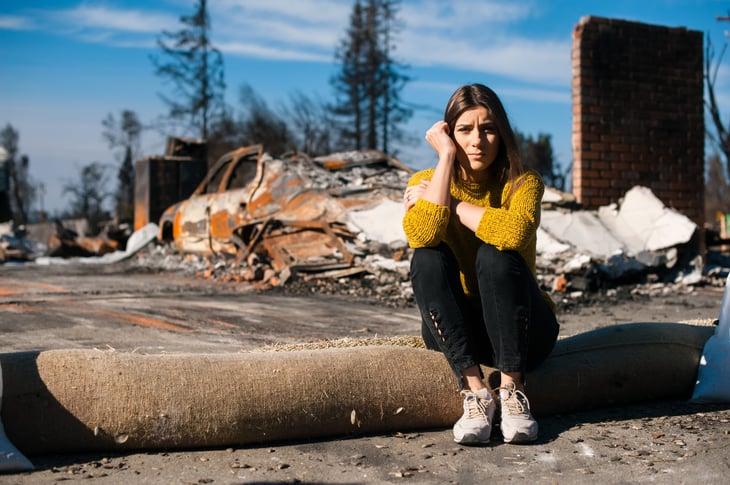

The old cliche about real estate — “location, location, location” — cuts both ways.
Living in the right place brings plenty of upside. But even some of the nicest locations can hide a downside. If you live in one of a handful of U.S. counties, you might be at an especially high risk of experiencing natural hazards.
Recently, the Federal Emergency Management Agency (FEMA) unveiled its new National Risk Index. The online resource details which communities are most vulnerable to natural hazards.
In determining which places confront the most danger, FEMA analyzed risk factors from 18 natural hazards, from droughts to flooding. According to FEMA:
“The interactive mapping tool can help communities, especially those with limited flood mapping and risk assessment capabilities, better prepare for natural hazards by providing standardized risk data for mitigation planning and an overview of multiple risk factors.”
The index determines risk by a community’s expected:
- Annual loss, based on hazard frequency, exposure and historic loss rate
- Social vulnerability, which gauges the susceptibility of impacted social groups
- Community resilience, which measures the ability of a community to recover from the impacts of natural hazards
Given that criteria, FEMA has designated the following U.S. counties at “very high” risk of natural hazards.
10. Queens County, New York
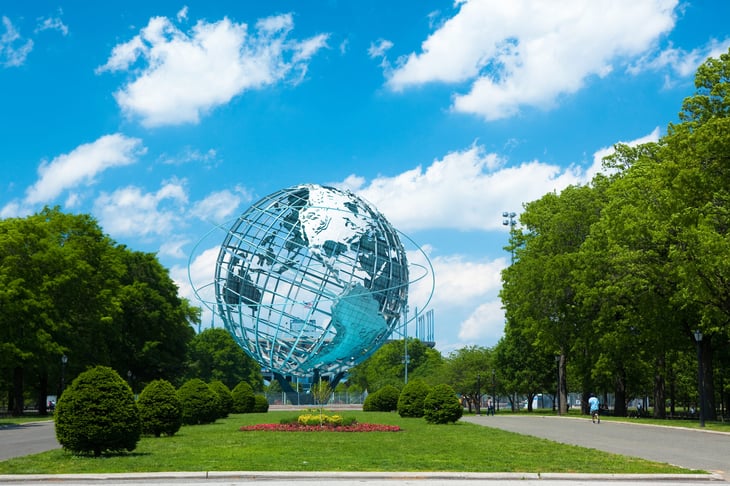

Overall risk index score: 49.97 out of 100
Risk index scores for specific natural hazards that are considered “very high”:
- Coastal flooding: 83.44 out of 100
- Strong wind: 78.24
- Ice storm: 72.76
- Heat wave: 44.52
9. Dallas County, Texas
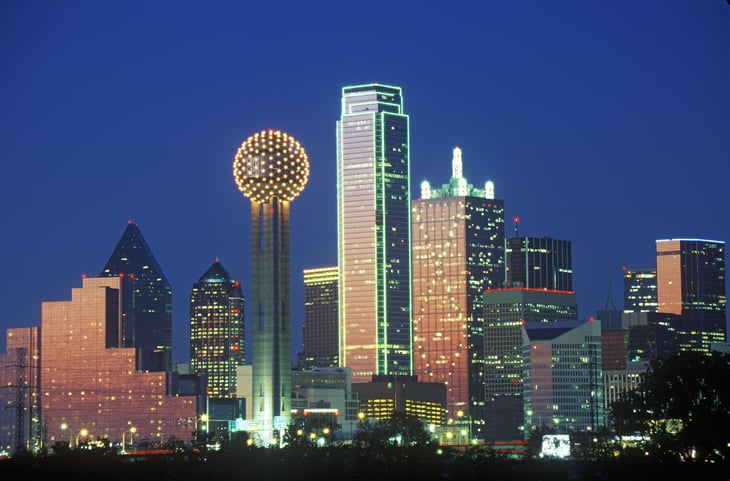

Overall risk index score: 52.45 out of 100
Risk index scores for specific natural hazards that are considered “very high”:
- Hail: 100 out of 100
- Riverine flooding: 49.20
- Lightning: 48.55
8. San Bernardino County, California
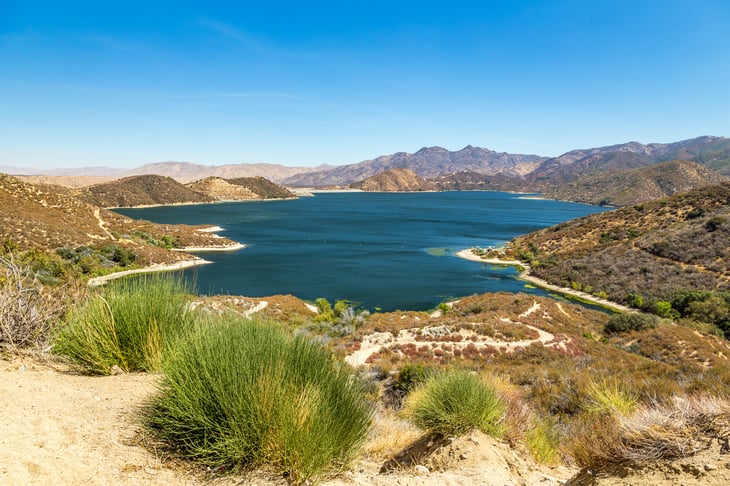

Overall risk index score: 52.56 out of 100
Risk index scores for specific natural hazards that are considered “very high”:
- Wildfire: 74.86 out of 100
- Riverine flooding: 47.93
7. Riverside County, California
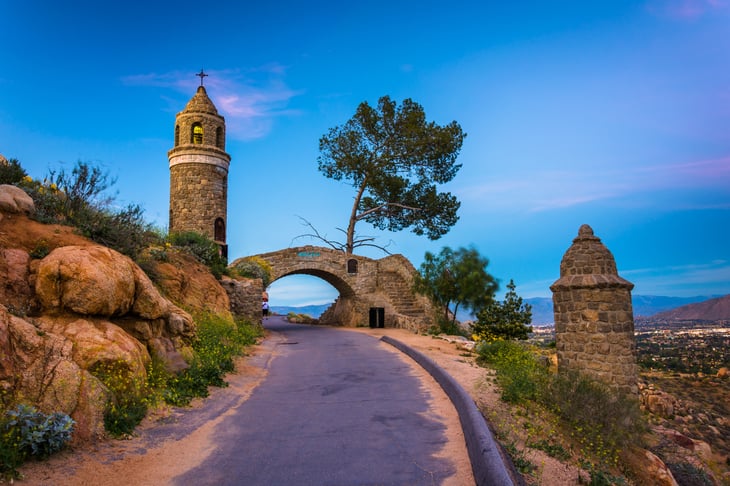

Overall risk index score: 55.8 out of 100
Risk index scores for specific natural hazards that are considered “very high”:
- Wildfire: 100 out of 100
- Drought: 54.93
- Riverine flooding: 41.79
6. Kings County, New York


Overall risk index score: 56.52 out of 100
Risk index scores for specific natural hazards that are considered “very high”:
- Ice storm: 87.77 out of 100
- Coastal flooding: 83.38
- Strong wind: 81.31
- Heat wave: 65.63
- Lightning: 59.49
5. Philadelphia County, Pennsylvania


Overall risk index score: 57.72 out of 100
Risk index scores for specific natural hazards that are considered “very high”:
- Heat wave: 100 out of 100
- Winter weather: 85.32
- Lightning: 77.21
- Ice storm: 59.45
- Tornado: 56.35
- Riverine flooding: 46.34
- Strong wind: 43.44
4. Miami-Dade County, Florida


Overall risk index score: 58.25 out of 100
Risk index scores for specific natural hazards that are considered “very high”:
- Hurricane: 100 out of 100
- Lightning: 100
- Riverine flooding: 100
- Cold wave: 99.77
3. New York County, New York


Overall risk index score: 69.91 out of 100
Risk index scores for specific natural hazards that are considered “very high”:
- Tornado: 84.47 out of 100
- Strong wind: 60.86
- Ice storm: 59.31
- Winter weather: 59.01
- Heat wave: 54.44
2. Bronx County, New York
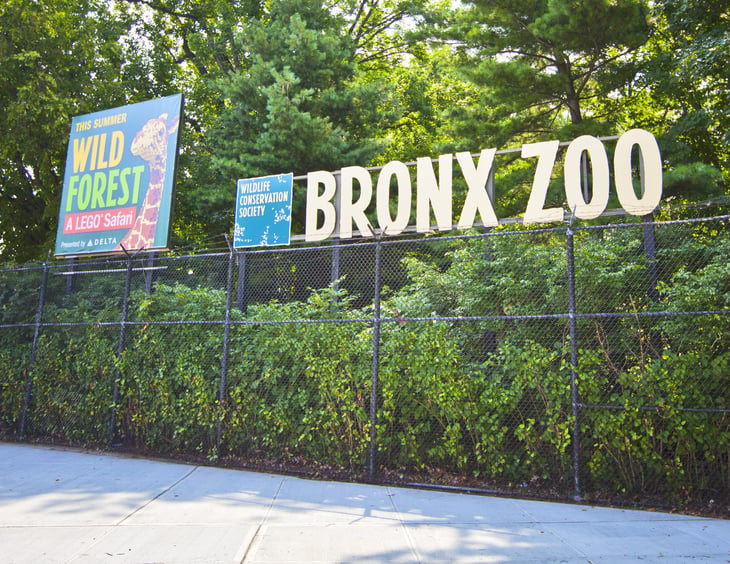

Overall risk index score: 85.63 out of 100
Risk index scores for specific natural hazards that are considered “very high”:
- Ice storm: 100 out of 100
- Strong wind: 100
- Tornado: 100
- Winter weather: 100
- Coastal flooding: 75.34
- Heat wave: 68.36
- Landslide: 57.33
1. Los Angeles County, California
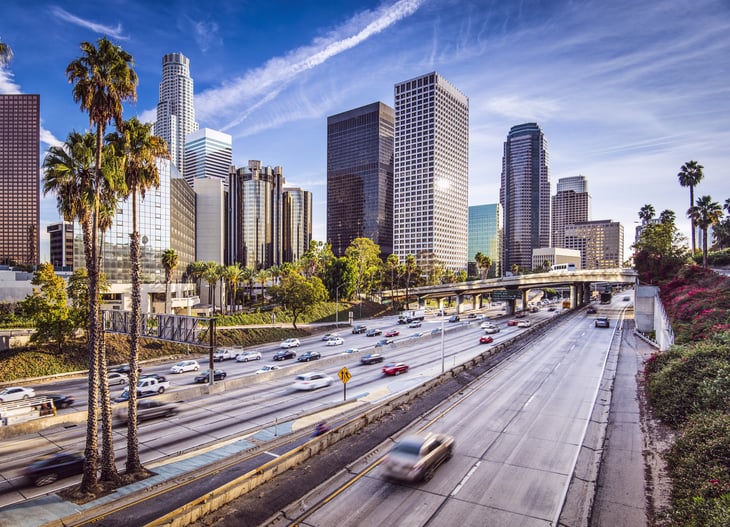

Overall risk index score: 100 out of 100
Risk index scores for specific natural hazards that are considered “very high”:
- Earthquake: 100 out of 100
- Wildfire: 89.60
- Riverine flooding: 46.87
Disclosure: The information you read here is always objective. However, we sometimes receive compensation when you click links within our stories.

